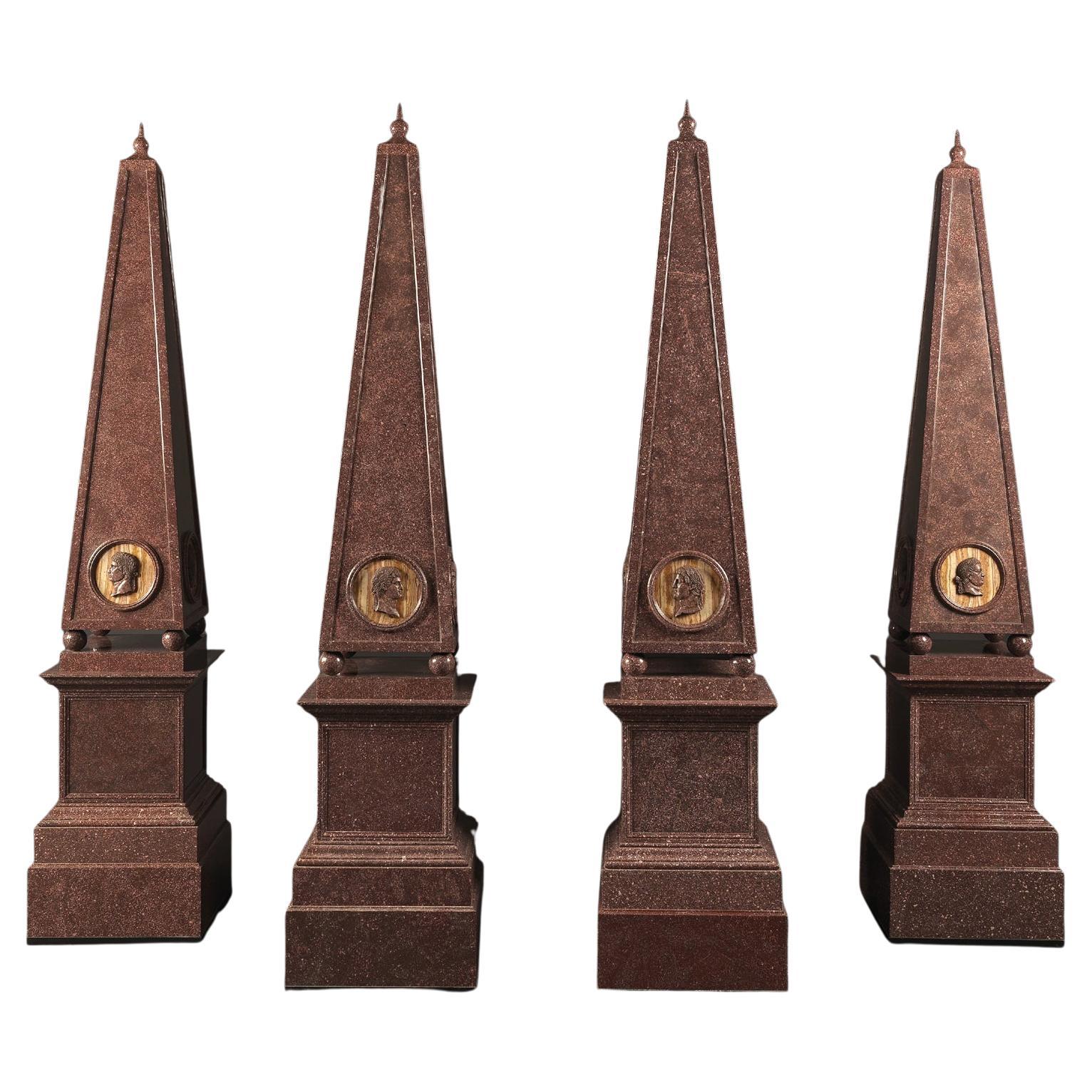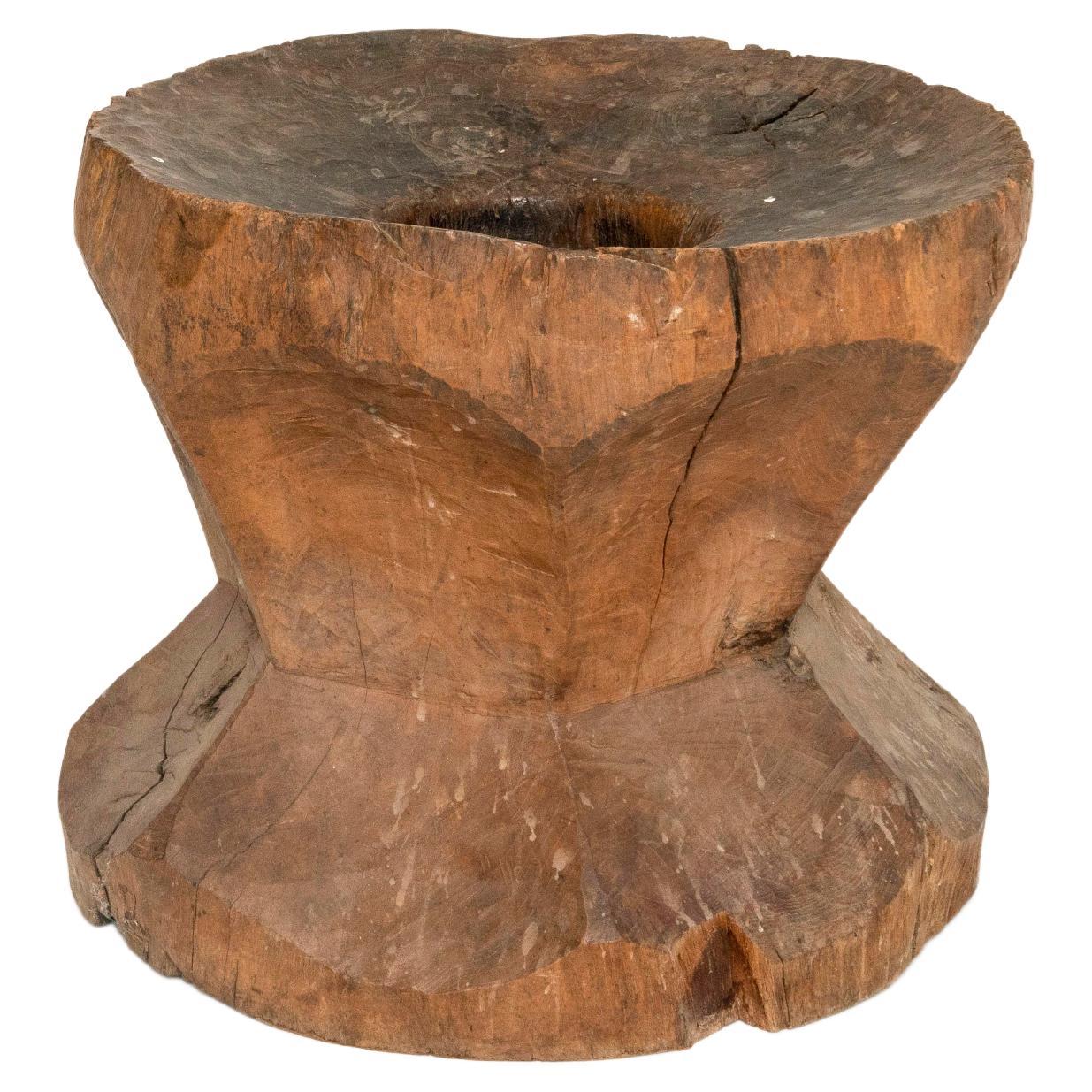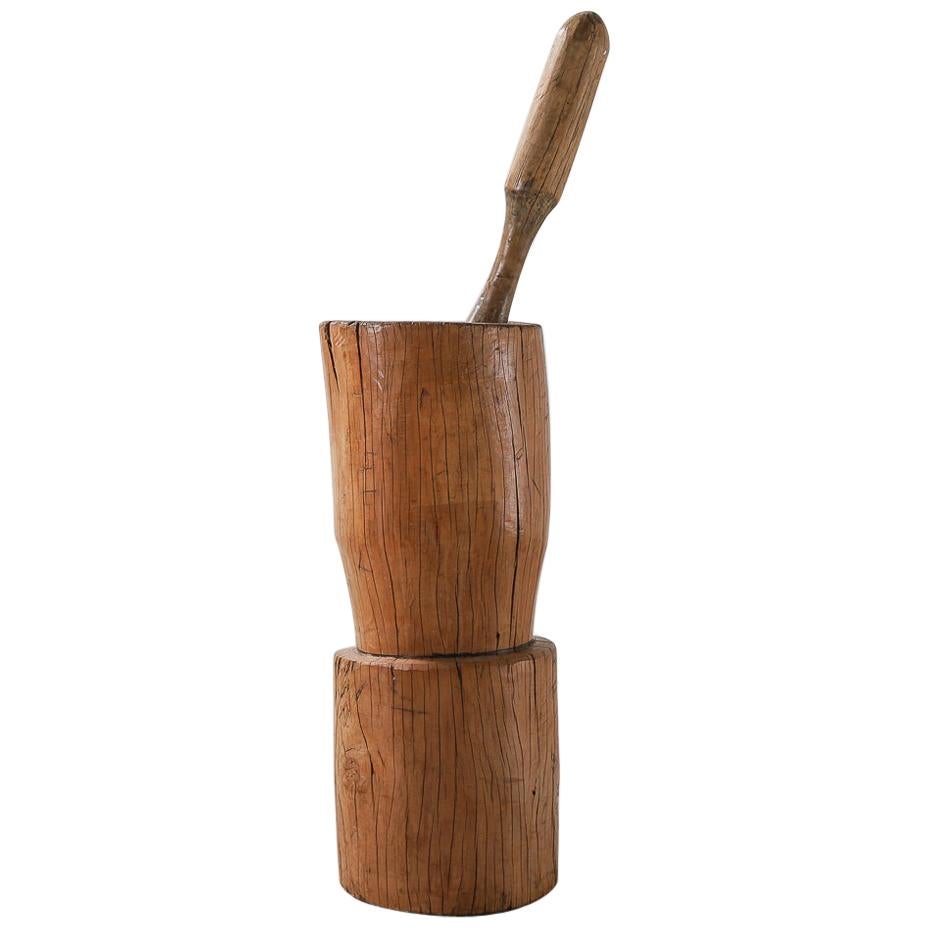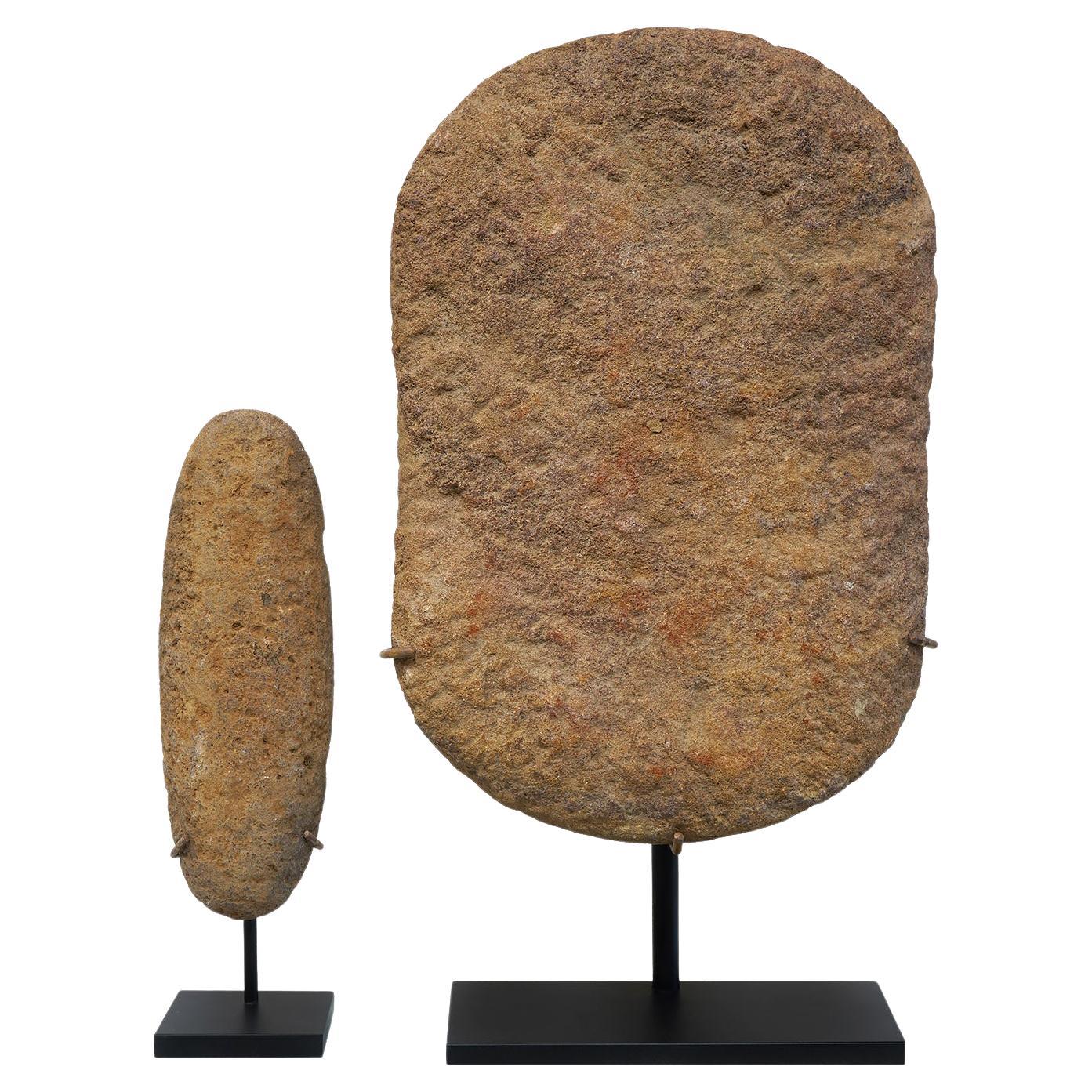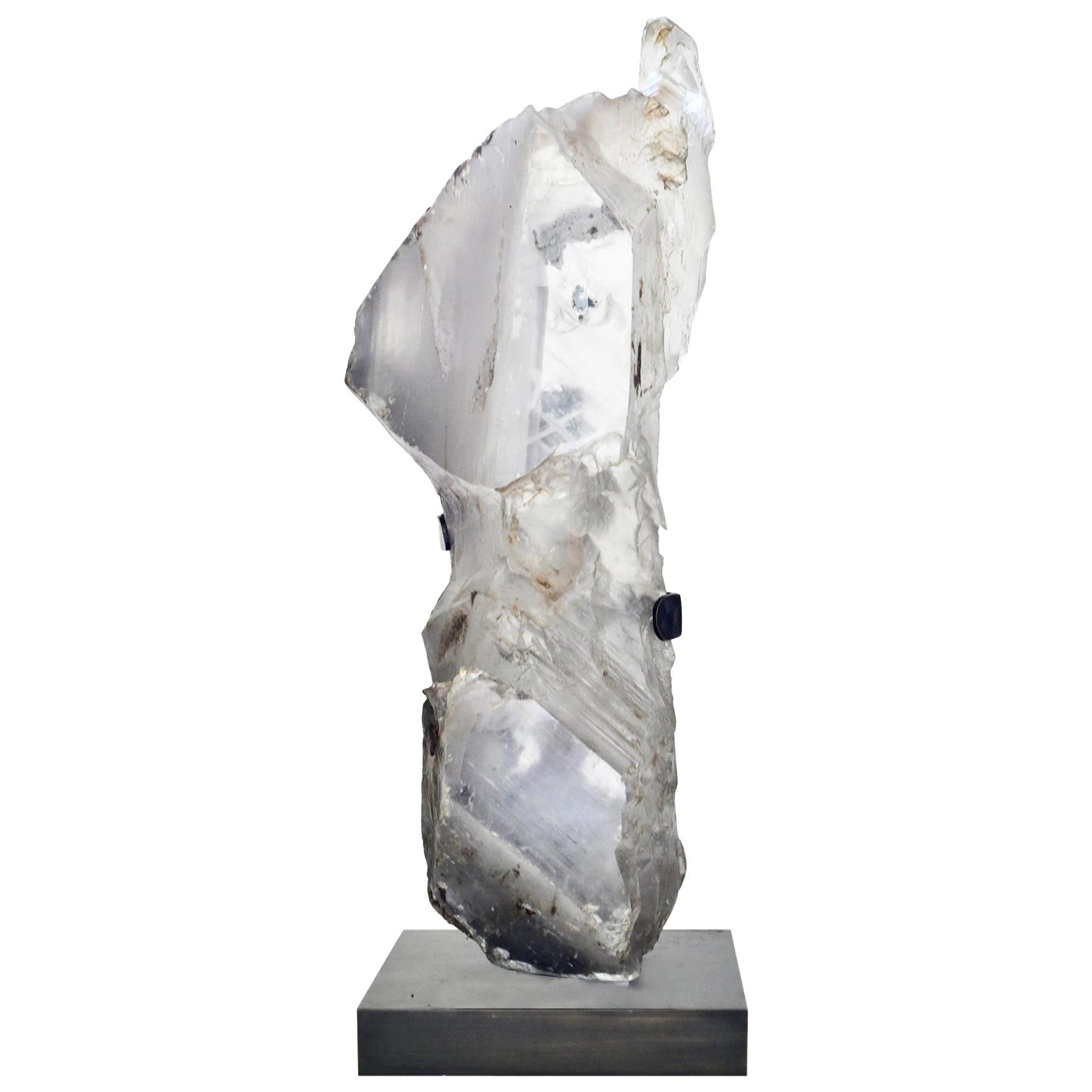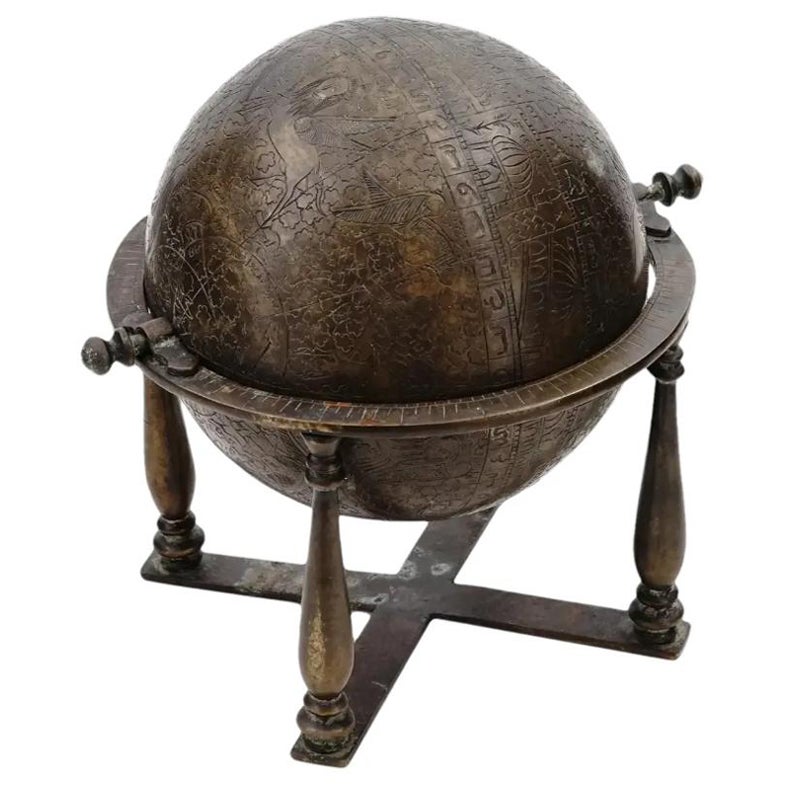Want more images or videos?
Request additional images or videos from the seller
1 of 6
A Rare Islamic Large Porphyry Mortar
About the Item
A Rare Islamic Large Porphyry Mortar
With ‘stylised’ lobes and pouring spout
Old fissures and break
Porphyry, iron ring to base
Egypt
13th / 14th Century
SIZE: 18cm high, 32.5cm dia. (max) - 7 ins high, 12½ ins dia.
PROVENANCE:
Purchased Italy 2011
Ex Private collection
Virtually every piece of porphyry was quarried by convicts and slaves from the Egyptian eastern desert at Gebel Dokhan. The quarries were opened in the early 1st century AD and worked until the 5th century AD. They were most actively worked under the Roman Emperors Nero, Trajan and Hadrian. The Emperors reserved the colour purple for their own use and so porphyry and the Egyptian quarries became their exclusive Roman Imperial property. Islamic carved mortar was probably carved in Egypt from an earlier mined or worked block.
- Dimensions:Height: 7 in (17.78 cm)Width: 14 in (35.56 cm)Depth: 14 in (35.56 cm)
- Materials and Techniques:Porphyry
- Place of Origin:
- Period:
- Date of Manufacture:13th / 14th Century
- Condition:Wear consistent with age and use. Minor structural damages.
- Seller Location:London, GB
- Reference Number:1stDibs: LU9363236847842
About the Seller
No Reviews Yet
Vetted Seller
These experienced sellers undergo a comprehensive evaluation by our team of in-house experts.
Established in 1989
1stDibs seller since 2023
- ShippingRetrieving quote...Ships From: London, United Kingdom
- Return PolicyA return for this item may be initiated within 14 days of delivery.
More From This SellerView All
- A Very Rare and Important Marble Relief of the ‘Resurrection of Christ’Located in London, GBA Very Rare and Important Marble Relief of the ‘Resurrection of Christ’ Attributed to the Master of the Mascoli Altar Marble Venice, Italy Second half of the 15th Century SIZE: ...Category
Antique 15th Century and Earlier Italian Renaissance Figurative Sculptures
MaterialsMarble
- An Unusual and Rare English ‘Memento Mori’ Carved Shrine with Two Human SkullsLocated in London, GBAn Unusual and Rare English ‘Memento Mori’ Carved Shrine with Two Human Skulls to the underside, a carved ‘Dragonfly’ Marble 16th / 17th Century England Size: 36cm high, 28cm w...Category
Antique 16th Century English Figurative Sculptures
MaterialsMarble
- A Fine Large Wedgwood Black Basalt Library Bust of the Ancient Greek Epic Poet HBy WedgwoodLocated in London, GBA Fine Large Wedgwood Black Basalt Library Bust of the Ancient Greek Epic Poet Homer Impressed Wedgwood Mark 1780–1812 Early 19th Century Size: 59cm high – 23¼ ins high Provenance: Ex Finch and Co...Category
Antique Early 19th Century British Busts
MaterialsTerracotta
- A Polychrome and Parcel-Gilt Marble Group of the Virgin and ChildLocated in London, GBA Polychrome and Parcel-Gilt Marble Group of the Virgin and Child Attributed to Giovanni Di Balduccio (1317 - 1349) Marble Italy Circa 1330 - 1340 SIZE: 65cm high, 28cm wide - 25½ ins high, 11 ins wide PROVENANCE: Possibly Trivolzio Collection, Milan With Piero Tozzi Inc., New York Acquired by the William Randolph Hearst Foundation for The Los Angeles County Museum (A.5832.47-42), 1947 An auction of property de-accessioned by the Los Angeles County Museum of Art to benefit new acquisitions...Category
Antique 15th Century and Earlier Italian Figurative Sculptures
MaterialsMarble
- A Superb Pair of Neapolitan Carved Figures of DwarvesBy Francesco CelebranoLocated in London, GBA Superb Pair of Neapolitan Carved Figures of Dwarves Attributed to Francesco Celebrano (1729 - 1814) Marble Naples, Italy 18th Century SIZE: Male: 36cm high - 14¼ ins high Fe...Category
Antique Late 18th Century Italian Figurative Sculptures
MaterialsMarble
- European Carved Limestone Celtic Votive Head of a Male WarriorLocated in London, GBA Large European Carved Limestone Celtic Votive Head of a Male Warrior Wearing a Typical Flowing Moustache Small Beard and Curling Locks of Hair Stiffened with Lime Wash the Slit Mouth Open as if in Command Circa 1st Century BC - 1st Century AD Size: 31cm high, 22cm wide, 25cm deep - 12¼ ins high, 8¾ ins wide, 9¾ ins deep / 42cm high - 16½ ins high (with base) From about 500 BC, first Greek and later Roman historians mention peoples living in a large area of non-mediterranean Europe as Celts. These classical chroniclers seem to have recognised these communities as having sufficient shared cultural traditions to justify their being given a common name, ‘Keltoi’ by the Greeks, and ‘Celtae’ or ‘Galli’ by the Romans. The earliest allusions to Celts by such Greek historians as Herodotus (485 - 425 BC) were followed by Polybius (200 - 118 BC) and Livy (59 BC - AD 17) who discuss the expansion of the Celts from their central European homelands during the 4th and 3rd centuries BC. They document the presence of Celts in Spain, France, Italy, Greece and Asia Minor, specifically central Turkey. They testify to the successful Roman resistance to the Celts in Italy, after the ignominy of the sacking of Rome by them in 387 BC, and describe the huge defeat suffered by the Celts at the battle of Telemon in northern Italy in 225 BC. The Celts in Greece who sacked the sacred site of Delphi in 279 BC were defeated by King Antigonos Gonatas of Macedon in 278 - 277 BC and in Turkey by Altalus of Pergamon in 240 BC. The Celts in Spain fell under the shadow of Rome from 2nd Century BC and the Celtic heartland known by the Romans as ‘Gaul’ was conquered by the Romans under Julius Caesar in the mid 1st Century BC. Britain was not referred to as Celtic by the ancient historians, but Caesar recognised the close similarities between Britain and Gaul especially in their political organisation. Tacitus (55 - 120 AD) and others chronicled the conquest of Britain between 43 and 84 AD some mentioning the fierce nature of the Celts who went into battle naked. Celtic art therefore belongs to an artistic tradition in the early history of Europe which is no less important than that of the classical world. Art was central to Celtic identity and was closely related to the objects which it decorated. The Celts were used to seeing art as an integral part of their everyday lives. Provenance: Ex Finch and Co...Category
Antique 15th Century and Earlier European Busts
MaterialsLimestone
You May Also Like
- Important Set of Four Large Porphyry ObelisksLocated in Brighton, West SussexAn important set of four large Porphyry Obelisks. Each obelisk is of square section tapering form with a spiked orb finial and embellished with carved roundels of the twelve Roman Emperors in profile. The main body is raised on ball supports putdown on square sectioned plinth bases. Each obelisk is carved with three Emperors profile...Category
Antique 19th Century Italian Neoclassical Pedestals and Columns
MaterialsPorphyry
- Large Decorative Antique Mortar of WoodLocated in Hellouw, NLDecorative large antique mortar of wood. This robust item is great to add some warmth and texture to your interior. It can be used in combination with c...Category
Early 20th Century European Other Pedestals and Columns
MaterialsWood
- African Pestle & MortarLocated in London, Charterhouse SquareLarge mortar and pestle from late 19th to early 20th century, carved from single piece of wood. This item was used to mill grain, wheat and hem...Category
Early 20th Century Mounted Objects
MaterialsWood
- Stone Mortar and Pestle, NigeriaLocated in Point Richmond, CAStone mortar and pestle Nigeria 20th century Measures: Mortar: 21 x 15.5 x 2 in. / 53 x 39 x 5 cm Height on custom display stand: 26...Category
20th Century Nigerian Other Tribal Art
MaterialsStone
- Rare Large Rock Crystal SculptureLocated in New York, NYRare large rock crystal sculpture with mountain peak and overhang, sophisticated crystal texture with translucent tone on the top. Antique brass custom stand.Category
21st Century and Contemporary Abstract Sculptures
MaterialsRock Crystal
- Antique Islamic Brass Celestial Globe On A StandLocated in New York, NYAn antique Islamic brass celestial globe on a stand. The globe showcases intricate engravings and embossments that depict celestial patterns, constellations, and celestial bodies. The celestial globe serves as a representation of the Islamic world's deep understanding and exploration of the cosmos, blending scientific knowledge with artistic elegance. Dating back to the late 19th century. Antique Celestial Globes...Category
Antique Late 19th Century Unknown Mounted Objects
MaterialsBronze
